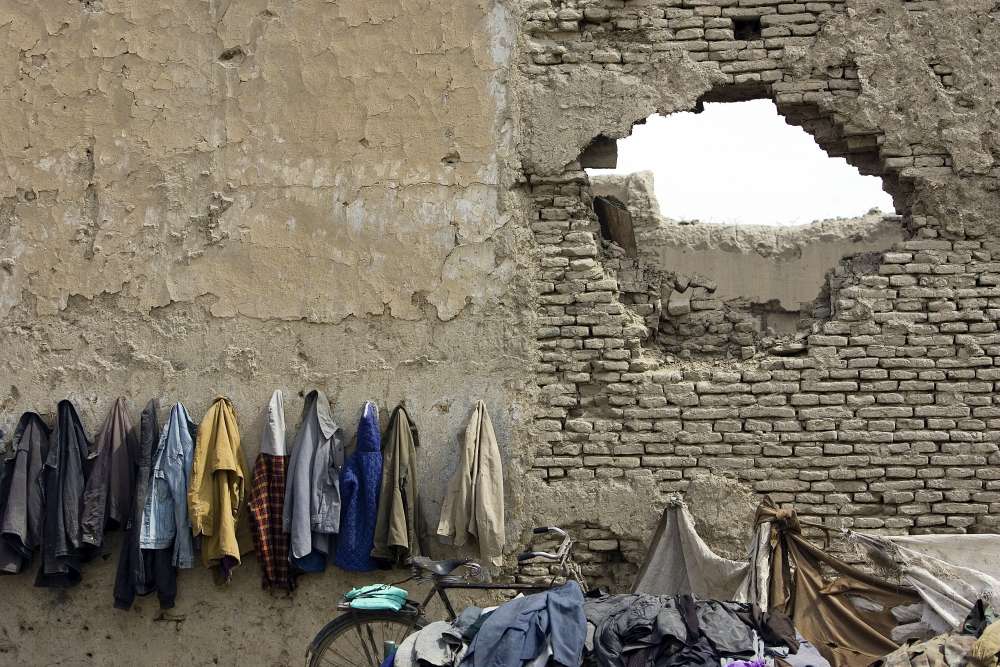Global Trends Jeopardize Rights-Based Child Protection

Executive Summary
Child protection in development cooperation is facing new global challenges. This year, the 25th anniversary of the Convention on the Rights of the Child (CRC) provides an apt opportunity to enhance the protection of children in the context of changing global frameworks for development cooperation. Public debates on a post-2015 development agenda – like those initiated by the German Federal Ministry for Economic Cooperation and Development’s “Charter for the Future” – may help to shift the focus in development cooperation towards children’s rights and the protection of children from violence and exploitation.
This report, written by a team of researchers from the Global Public Policy Institute (GPPi) and the Ludwig Boltzmann Institute of Human Rights, was commissioned by the Federal Ministry for Economic Cooperation and Development (BMZ) with a view to strengthening child protection in German development cooperation. Based on a thorough literature review, interviews and two field studies, this report formulates recommendations for how German development cooperation can help to ensure that children grow up in the absence of violence and harm.
According to expert interviews conducted for this study, there is no common understanding of, nor are there common associations with, the concept of “child protection.” Interviewees referred to interpretations that ranged from charity events and internal codes of conduct, to the full implementation of the Convention of the Rights of the Child, which includes but is not limited to so-called “protection rights.”
For the purposes of the study, and indeed for future use in German development cooperation, the term “child protection” must be defined. According to a significant number of interview partners, child protection entails a fundamentally paternalistic mindset. In extreme cases, child protection can even be misused as a powerful instrument of social control. Based on this debate, and in line with the more comprehensive approach embodied in the child rights convention, this study defines “child protection” as a “field of action in development cooperation that entails prevention, protection and rehabilitation measures for children and youths in the context of violence and exploitation, while pursuing a child rights, system-oriented and participatory approach.”
Child protection is not merely a technical undertaking. It raises complicated questions about the distribution of power in society, ideas of social order and, crucially, the roles assigned to children as a social group. In some cases, so-called “protection measures” are rejected by children themselves. For example, self-organized associations of child workers throughout Africa, Asia and Latin America explicitly claim the right to work, protesting a general prohibition of child labor. Such cases indicate that the issue of child protection cannot be sufficiently addressed without taking into account broader sociopolitical questions: What do different societies understand by the notion of “child”? What and whom do children need to be protected from? When we talk about threats, do we mean threats posed by adults or peers, by public authorities or private corporations or by development practitioners themselves?
Apart from these conceptual issues, other complex questions arise on the operational level. Is it useful to distinguish child protection from the promotion of children’s rights, which, in turn, are part and parcel of the already adopted human rights – based approach in development cooperation? What would be the added value of specific child-protection programs?
The present study does not understand child protection as an isolated field of action, but draws important links to other fundamental principles and rights enshrined in the CRC, such as the rights to non-discrimination, health and social security.
Furthermore, this study argues that child protection initiatives should be purposefully integrated with technical cooperation on larger development challenges. It identifies rapid urbanization, flight and migration movements and natural disasters/climate change as three global trends that have a marked impact on the living conditions of children around the world. It is likely that economic development – the central goal of development cooperation – will accelerate these trends. For example, increasing living standards in developing countries usually lead to a short-term increase in migration and mobility. Although these trends constitute specific challenges for the protection of children, they have hardly been linked to child protection issues in BMZ strategy and position papers in the past. The trends do not impact children’s rights only negatively. Urbanization, for example, may facilitate children’s access to basic services, but it may simultaneously increase the risk of violence and exploitation for specific groups of children.
Two field studies in Burkina Faso and Kenya affirmed the three trends’ expected consequences and implications for the living conditions of children. In the context of these field studies, the researchers also investigated which measures are already being implemented to protect children from harm and violence, and which gaps persist. In conclusion, the report finds that despite generally acknowledged challenges and increasing risks for children, especially in the context of migration and rapid urbanization, there exist only a limited number of development programs that aim to keep children safe from violence and harm. At the same time, the rapidly increasing mobility of young people in the partner countries of German development cooperation is to be expected.
The present study recommends that the Federal Ministry for Economic Cooperation and Development continue to rely on the human rights – based approach instead of initiating a separate mainstreaming effort on children protection. In addition, it should develop specific child-protection measures that focus on unaccompanied children in migration situations, such as support for the development of regional child-protection mechanisms.
The complete study (in German) is available for download.







